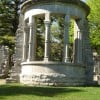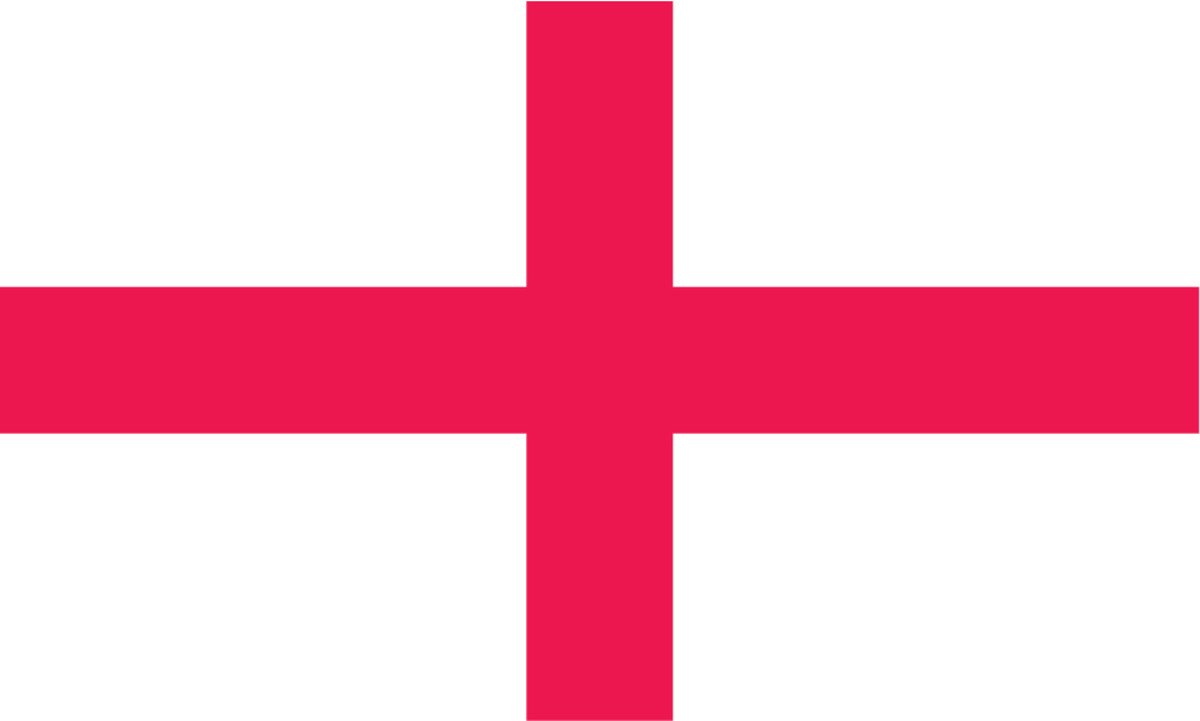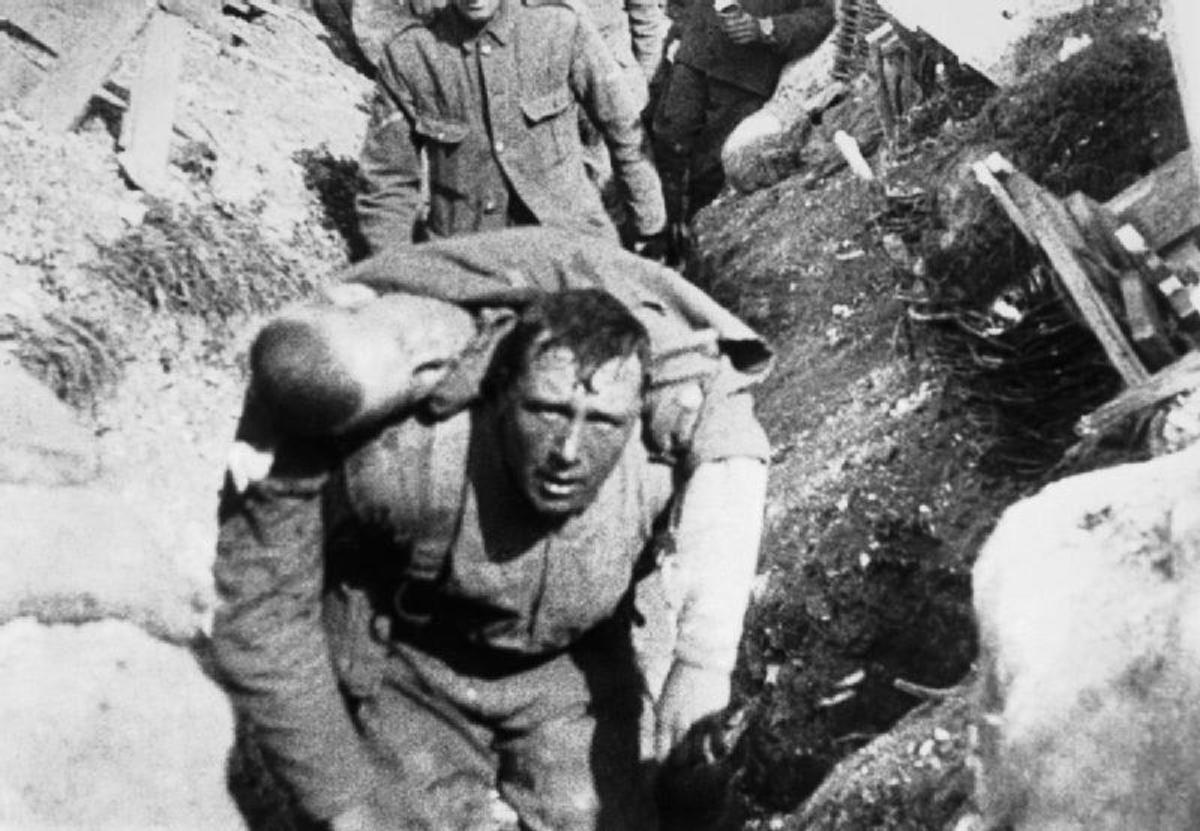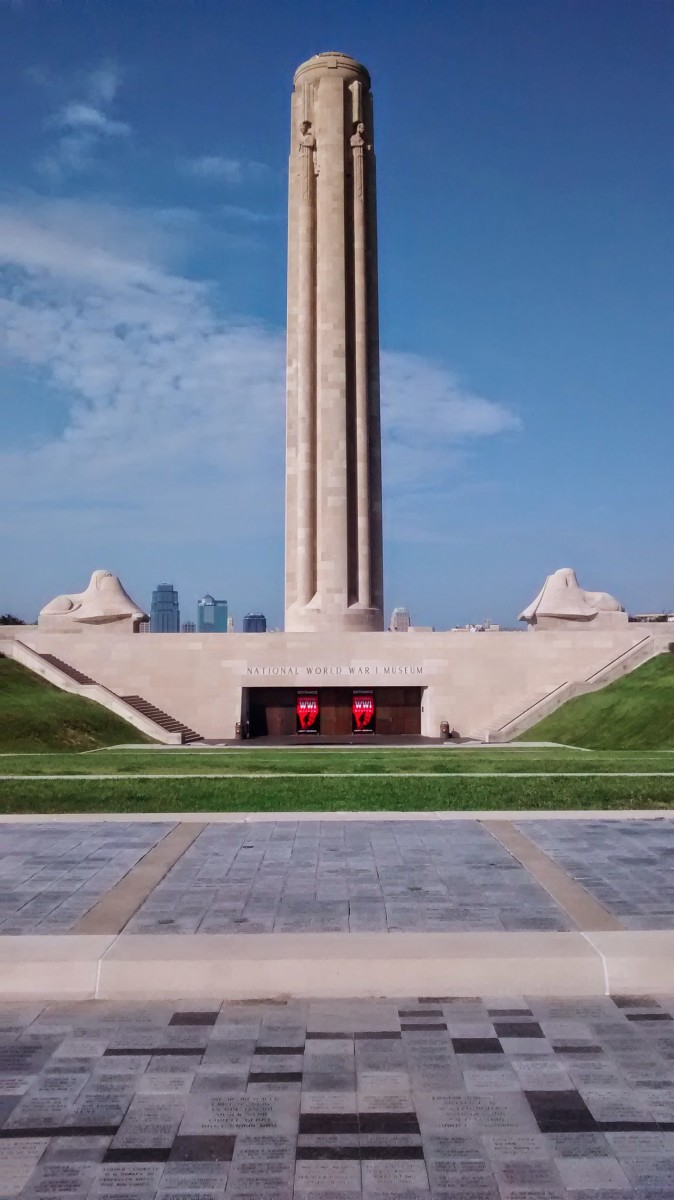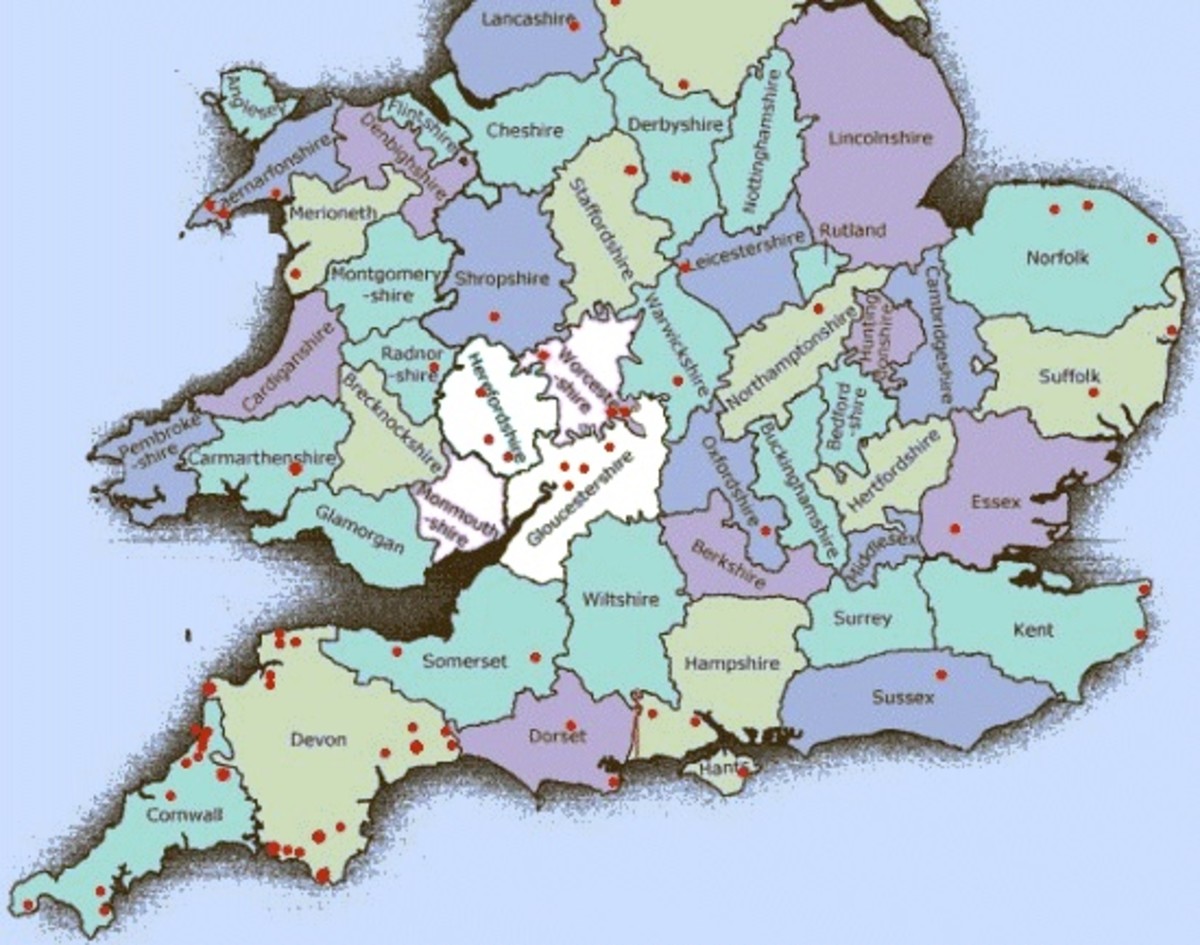Visiting the War Memorial Tower, Reading University, Reading, England: recalling traumatic losses in World War One
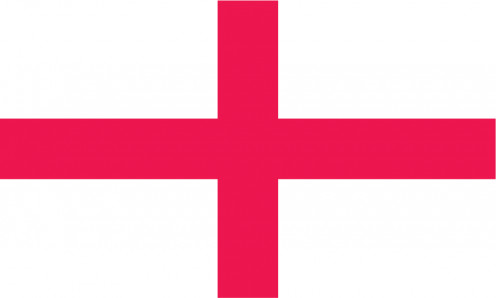
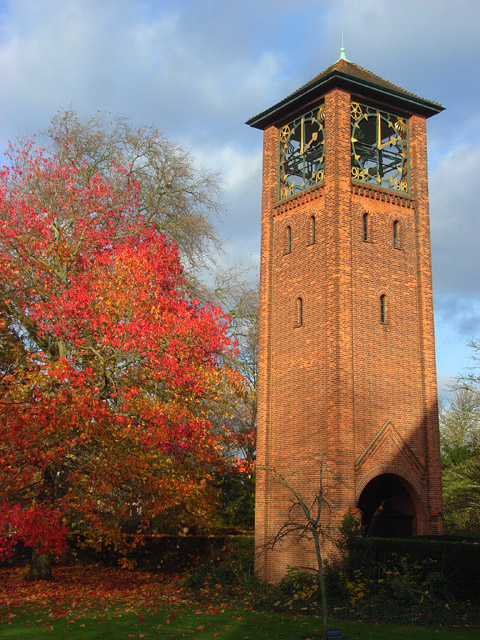
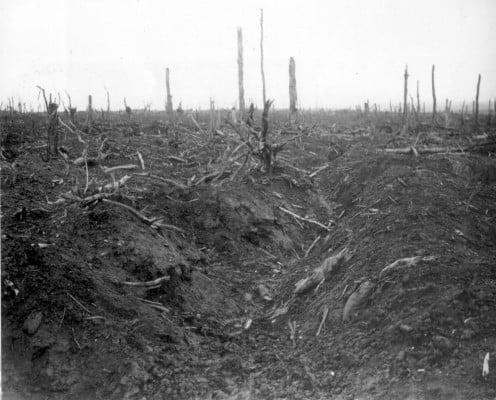
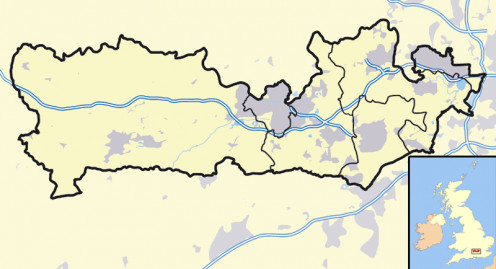
Monumental permanence
Those of us who have lived through some of the post-World War Two period are sometimes apt to forget just what a traumatic event World War One was for the various belligerent countries, especially those under arms. While the entry of the United States on the side of the Allies undoubtedly instrumental in turning its tide of fortune, this occurred in 1917, while France and the British Empire — and other countries — had been haemorrhaging huge losses since 1914.
The abounding war memorials in Great Britain thus bear testimony to the scale of losses in World War One. One of such war monuments is the War Memorial Tower at Reading University, Reading, Berkshire, England, which was inaugurated in 1924.
Technically, for the two years prior to the University receiving its Charter of Incorporation in 1926 (the only British University to be chartered in the Interwar period), the structure was known as the War Memorial of University College, Reading.
The Memorial's conception and planning were substantially the work of William Macbride Childs, who served as Principal of University College, Reading and subsequently as Vice-Chancellor of Reading University subsequent to Incorporation.
British universities were not least among the institutions whose members fell in World War One, mainly on the Western Front. Indeed, some of these were decimated. By way of example, among the 28 men who began their studies at Balliol College, Oxford with Harold Macmillan (1894-1986), later British Prime Minister, only he and another student survived service in World War One.
University College, Reading, lost 144 of its members in the War and Principal Childs, who had himself spent some weeks during the War lecturing in Northern France under YMCA auspices, wrote and circulated a pamphlet within three months of the Armistice, with details of a planned clock- and bell-tower (1). Leitmotive for the structure would be visible strength, austerity and significant proportions.
All these envisaged aspects were present in the structure inaugurated on JUne 7, 1924 at the then University College's London Road site. The solid, red brick tower — thus executed in material in keeping with the somewhat ornate, existing red brick Great Hall and Old Library — exudes strength. Its simplicity and (for its time) even minimalism was in keeping with austerity. Its size successfully causes the tower to dominate the London Road site of the University.
Incorporated into the clock-face are rose and shell motifs from the University arms. The rose is derived from the arms of Christ Church, Oxford, founder of the original College in the late 19th century, from which the University was eventually to emerge; the shell is a reference to Reading Abbey, in the Hospitium of which the College was at first housed.
The arching within the base of the monument aligns with the system of cloisters which extend across a proportion of the University's London Road site.
Permission to view the Memorial may be required from the Porter's Lodge.
September 24, 2012
Note
(1) Hubert Childs, W M Childs: An Account of his Life and Work, 1976, p. 121
Also worth seeing
In Reading itself, at the London Road site of Reading University, the Great Hall, and the Old Library are of architectural interest. as are Wantage Hall and St Patrick's Hall, and Foxhill; Reading Abbey ruins include the Hospitium, formerly housing the 19th century College from which Reading University later developed.
Silchester (distance: 18 kilometres) has significant, Roman remains.
...
How to get there : United Airlines flies from New York Newark Airport to London Heathrow Airport, where car rental is available. Distance from Heathrow Airport to Reading is 49 kilometres. A regular bus link exists between Heathrow Airport and Reading. Please check with the airline or your travel agent for up to date information.
MJFenn is an independent travel writer based in Ontario, Canada.
Other of my hubpages may also be of interest
- Visiting Wantage Hall, Reading University, England: traditional academic architecture with gatehouse
- Visiting Foxhill House, Reading University, Reading, England: Gothic Revival by Alfred Waterhouse, d
- Visiting Reading, England and its Medieval Abbey Hospitium: restored building linked with the later
- Visiting Mansfield College, Oxford, England: with Nonconformist history and many American links
- Visiting Clare Hall, Cambridge: intimate haven of quietness for the more mature scholar
